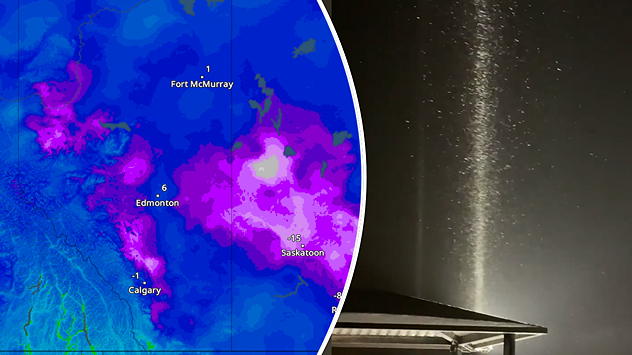Historic Tulare Lake Returns to Life After Record-Breaking Winter in California's Central Valley
Dormant lake rebornResurgence of California's Historic Lake

Settings for external content
Privacy policy




